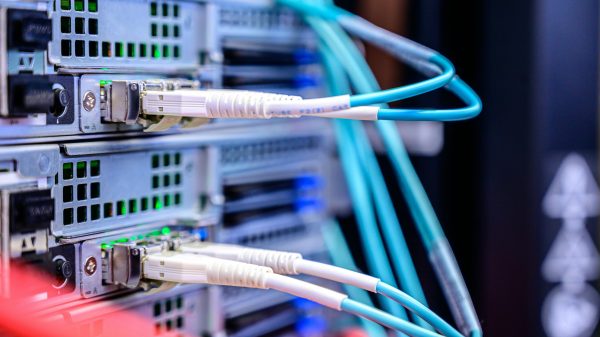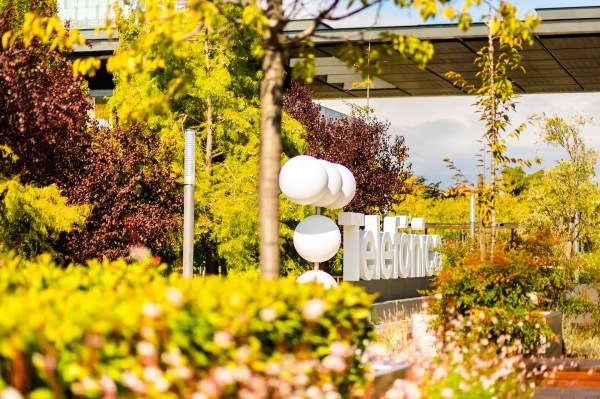For the European Union, this is a necessary and successful relationship, and according to its calculations, every euro invested in R&D&I in the bioeconomy will generate 10 euros of added value by 2025. Therefore, for the relationship between environment and technology to be collaborative and offer sustainable opportunities for economic growth, the approach adopted must be based on the protection and preservation of natural resources, and built with a long-term perspective.
What are the negative effects of the relationship between environment and technology
Although society’s new mindset is aware of the need to veto countless past actions for the benefit of the environment, there are still some negative impacts that the technology sector must ameliorate. These are some of them:
- Consumption of natural resources. The production of electronic devices coupled with programmed obsolescence (which is already being fought against) and the development of increasingly powerful infrastructures require a large amount of natural resources, such as the extraction of minerals, metals and fossil fuels. This leads to significant environmental impacts, such as deforestation, soil degradation and water pollution.
- Generation of electronic waste. The rapid obsolescence of technology and the constant supply of new products generate a large amount of waste. These devices contain toxic substances, such as lead, mercury and arsenic, which can leach into the subsoil and affect water if not properly managed. In addition, improper dismantling can release hazardous substances and pose a health risk.
- Greenhouse gas emissions. It is not just production. The energy needed to power servers, data centres and devices favours the emission of greenhouse gases, something that has already been seen in cases such as cryptocurrency mining. These emissions contribute to global warming.
- Air and water pollution. The lack of proper management of e-waste, including the manufacture of electronic components, often involves intensive industrial processes that emit pollutants into the air and water. These pollutants can have negative effects on air and water quality, as well as on health and species survival.
Can technology protect the environment?
The answer is yes. Alongside the environmental challenges mentioned above, technology and digitalisation have also become powerful allies in the fight to protect the planet. Every day, innovative applications emerge that help preserve and restore nature, and pursue different objectives. These are some of them:
- Renewable energies. They have become a key element in the protection of the environment and the transition to a sustainable future. They come from unlimited natural sources, such as solar radiation, wind, biomass, geothermal and hydroelectric energy. Nor does their exploitation produce hazardous waste. In general, they contribute to reducing greenhouse gas emissions and decreasing dependence on fossil fuels. In this sense, the use of new technologies favours their use, to the detriment of fossil fuels, in scenarios such as sustainable mobility in cities or real consumption in intelligent buildings, based on exact demand and in real time.
- Waste management. This involves the collection, treatment, recycling and appropriate final disposal of waste generated by human activities. One of its main strategies is source reduction, through practices such as adopting responsible consumption habits. The recycling industry is another key component of waste management. Recycling reduces the need to extract new raw materials or manufacture new materials and consumes less energy. Technology plays a key role here. On the one hand, it enables the implementation of innovative solutions, such as the development of automated sorting and waste separation systems. Similarly, the implementation of sensors and tracking technologies enables more precise monitoring of waste streams. On the other hand, it stimulates research into new materials.
- Efficient management of natural resources. This is essential to ensure long-term sustainability and reduce the environmental impact of our activities. It consists of using natural resources responsibly, optimising their consumption, reusing and minimising waste. The Internet of Things (IoT) and smart sensors make it possible to monitor and control the consumption of water, energy and other resources. This optimises their use and reduces waste. Likewise, the application of artificial intelligence and machine learning in agriculture or forestry, for example, minimises the use of pesticides and fertilisers and maximises crop yields.
In addition, the deployment of new infrastructures such as the 5G network, which are more sustainable than previous ones, leads to a significant improvement in the use of energy, optimising this aspect to the maximum and reducing the energy needs involved in offering a better telecommunications service.
The relationship between environment and technology is necessary to ensure the viability of the planet. To this end, it is crucial to promote sustainable innovation and raise awareness of the importance of preserving natural environments. With the right approach, technology is a powerful tool for building a greener and more sustainable future.







